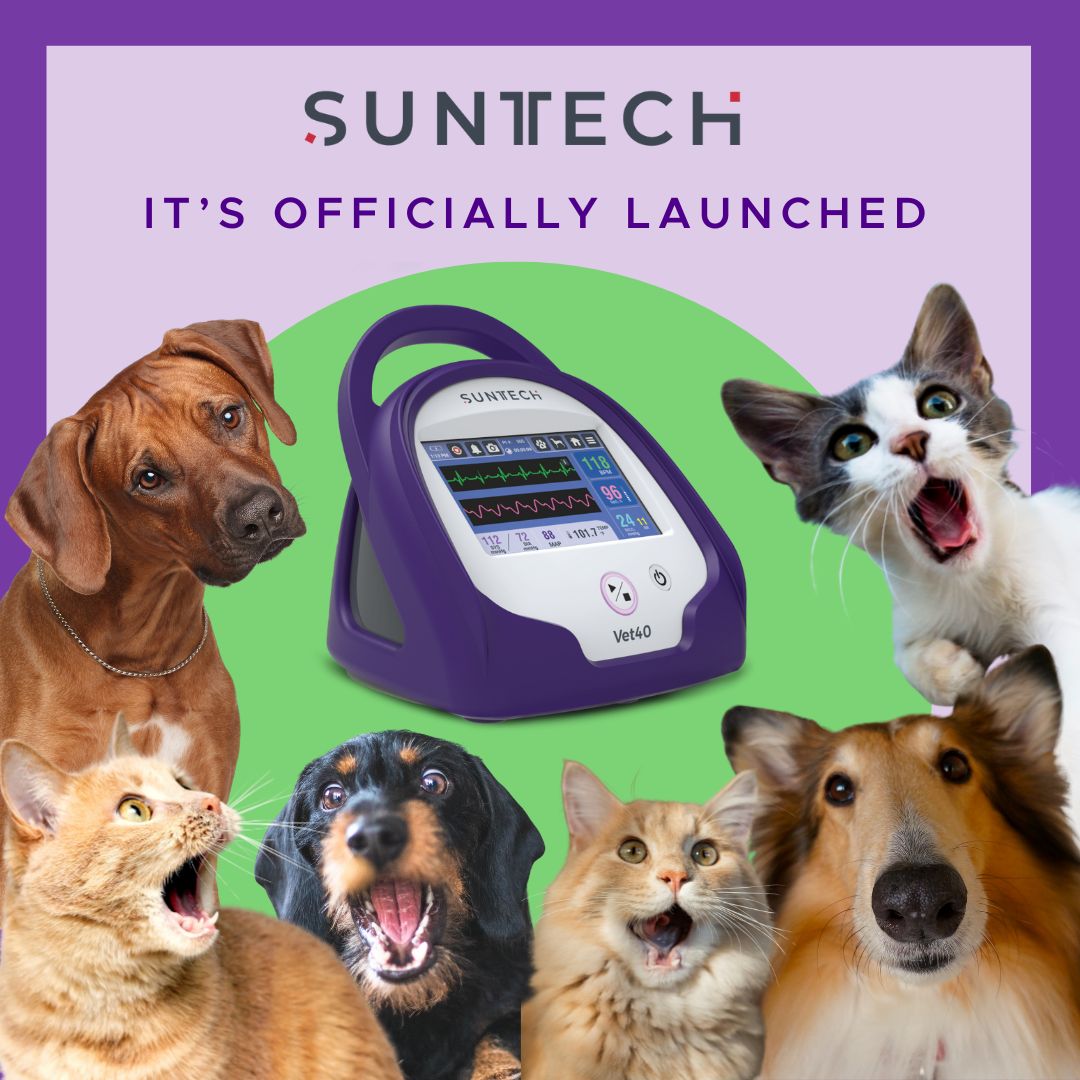![]()
Blog @ SunTech
Advice from the BP Measurement Experts
Information Overload: Relevant BP Measurement Data
 I don’t know about you, but I am bombarded daily with more information than I can possibly process or make use of. Yet each day dawns requiring that I sift through it all, applying only what is relevant or helpful to me and my family, and at times the whole process can be exhausting. The miracle of the information age is also its curse. ‘Connected’ devices are proliferating at an astonishing pace, inexorably finding their way into our living rooms, dens, kitchens, bedrooms, vehicles, and belt clips. Not that this is necessarily a bad thing, but how many Twitter messages can a sane person realistically absorb in a given day? And more importantly, which ones are really useful?
I don’t know about you, but I am bombarded daily with more information than I can possibly process or make use of. Yet each day dawns requiring that I sift through it all, applying only what is relevant or helpful to me and my family, and at times the whole process can be exhausting. The miracle of the information age is also its curse. ‘Connected’ devices are proliferating at an astonishing pace, inexorably finding their way into our living rooms, dens, kitchens, bedrooms, vehicles, and belt clips. Not that this is necessarily a bad thing, but how many Twitter messages can a sane person realistically absorb in a given day? And more importantly, which ones are really useful?
This same phenomenon is happening today in health care...
Well, maybe not quite the same. As far as I know, Congress hasn’t passed any legislation that pays people to install state-of-the art computer networks and software suites in their homes that track the activities, diets, exercise regimes, and daily schedules of every household member, automatically log every financial transaction, help pay the bills, and doll out allowances to the kids. Oh, and that can be accessed remotely 24/7 via smart phone or iPad. My wife and I experience enough grief just trying to figure out if we should change our Netflix plan, so while there may be some significant benefits to such a household management system, it could just as easily become the stuff of nightmares.
Since Congress passed the HITECH Act and its Meaningful Use provisions, such is the world that today’s doctors and clinicians live in every day. Electronic Medical Records (EHR's), automated in-office blood pressure devices, ambulatory blood pressure monitors, and home BP devices can provide physicians with more information about a patient’s blood pressure than ever before in the history of modern medicine. But how much data is enough and how much is too much? The question of how to best sift that data in order to make good clinical decisions needs to be answered, and many physicians and researchers have lately been looking intently at this very problem.
In the June 2011 issue of the Annals of Internal Medicine, Powers et. al. published a study titled “Measuring Blood Pressure for Decision Making and Quality Reporting: Where and How Many Measures?” In it, the authors lament that there is currently “no consensus among clinical guidelines and quality-reporting standards on the setting, timing, and total number of BP measurements that should be used for classifying patients and making treatment decisions.” Yup, that’s definitely a problem, and one that cannot be solved just by increasing the number of BP measurements.
The study’s authors looked closely at BP measurements taken in the clinic during routine visits, at home, and as part of a research SBP protocol. They found that the hesitancy of providers to treat some patients due to uncertainty about the patient’s true BP is “well-founded”. They reported a substantial difference between mean home and clinic BP measurements, and also clearly saw significant same-patient BP variability over short periods.
So what’s a clinician to do? Averaging may be helpful to a certain extent, but as the authors noted, “averaging data from either clinic or home can be cumbersome for busy providers.” According to the authors, here’s what’s needed:
- New ways of capturing and presenting BP data at the point of care.
- Calculated averages from in-clinic and home monitors.
- BP control charts that visually display the signal-to-noise relationship.
- Personalized algorithms that account for each patient’s own variability.
To the best of our knowledge, there’s no product out there right now that can do all of this—or even most of it. But wouldn’t it be great if there were? Hmmm….
This same phenomenon is happening today in health care. Well, maybe not quite the same. As far as I know, Congress hasn’t passed any legislation that pays people to install state-of-the art computer networks and software suites in their homes that track the activities, diets, exercise regimes, and daily schedules of every household member, automatically log every financial transaction, help pay the bills, and doll out allowances to the kids. Oh, and that can be accessed remotely 24/7 via smart phone or iPad. My wife and I experience enough grief just trying to figure out if we should change our Netflix plan, so while there may be some significant benefits to such a household management system, it could just as easily become the stuff of nightmares.
Since Congress passed the HITECH Act and its Meaningful Use provisions, such is the world that today’s doctors and clinicians live in every day. Electronic Medical Records (EHR's), automated in-office blood pressure devices, ambulatory blood pressure monitors, and home BP devices can provide physicians with more information about a patient’s blood pressure than ever before in the history of modern medicine. But how much data is enough and how much is too much? The question of how to best sift that data in order to make good clinical decisions needs to be answered, and many physicians and researchers have lately been looking intently at this very problem.
In the June 2011 issue of the Annals of Internal Medicine, Powers et. al. published a study titled “Measuring Blood Pressure for Decision Making and Quality Reporting: Where and How Many Measures?” In it, the authors lament that there is currently “no consensus among clinical guidelines and quality-reporting standards on the setting, timing, and total number of BP measurements that should be used for classifying patients and making treatment decisions.” Yup, that’s definitely a problem, and one that cannot be solved just by increasing the number of BP measurements.
The study’s authors looked closely at BP measurements taken in the clinic during routine visits, at home, and as part of a research SBP protocol. They found that the hesitancy of providers to treat some patients due to uncertainty about the patient’s true BP is “well-founded”. They reported a substantial difference between mean home and clinic BP measurements, and also clearly saw significant same-patient BP variability over short periods.
So what’s a clinician to do? Averaging may be helpful to a certain extent, but as the authors noted, “averaging data from either clinic or home can be cumbersome for busy providers.” According to the authors, here’s what’s needed:
New ways of capturing and presenting BP data at the point of care.
Calculated averages from in-clinic and home monitors.
BP control charts that visually display the signal-to-noise relationship.
Personalized algorithms that account for each patient’s own variability.
To the best of our knowledge, there’s no product out there right now that can do all of this—or even most of it. But wouldn’t it be great if there were? Hmmm….
Interested in getting more SunTech news, product info, as well as
tips, tricks, and insights from BP experts?
Sign up to get fresh content delivered direct to your inbox.


